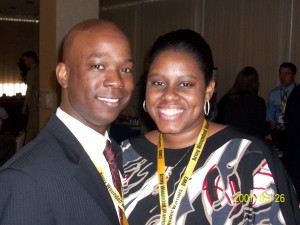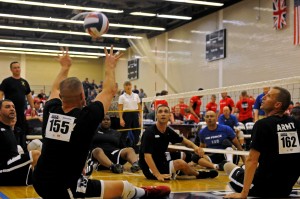By LuAnn Georgia, WTC Stratcom
Please join me in welcoming the newest organizations to the Community Support Network. These organizations offer resources that help better the lives of AW2 Soldiers, Veterans, Families, and Caregivers. Click on the links below for more information about them and the types of products and services provided.
Type of Organization: Adaptive Sports and Recreational Services
- World T.E.A.M. Sports (www.worldteamsports.org)
- Warfighter Sports – an initiative of Disabled Sports USA (www.warfightersports.org)
- Champions4Champions (www.champions4champions.org)
- Sports Inside and Out (www.sportsinsideandout.com)
Type of Organization: Adaptive Mental Wellness and Counseling; Services for Families, Children, and Caregivers
- Lone Survivor Foundation www.lonesurvivorfoundation.org
Type of Organization: Housing Assistance
- Homes for Our Troops www.homesforourtroops.org
Type of Organization: Career Training, Education, Human Resources Support, and Employment Opportunities
- Veterans’ Technology Program at Syracuse University http://get-vet.syr.edu
The Community Support Network was created based on direct requests from severely wounded, ill, and injured Soldiers, Veterans, Families and Caregivers. Soldiers stated that connection with local communities and community leaders was essential for their success and reintegration. For additional information, visit the Community Support Network webpage.
Do you know of an organization that wants to assist wounded, ill, and injured Soldiers, Veterans, their Families, and Caregivers? We are happy to provide membership information to these organizations based on your requests and referrals. Please email contact information to the Community Support Network at: usarmy.pentagon.medcomwtc.mbx.aw2communitysupportnetwork@mail.mil.









